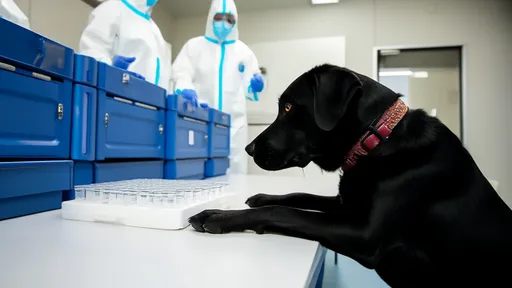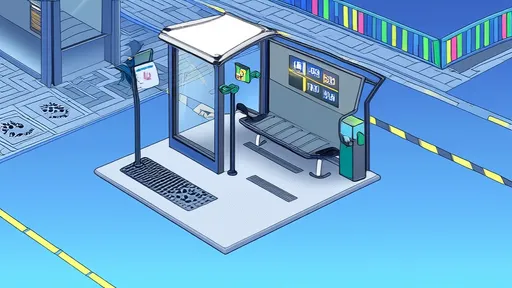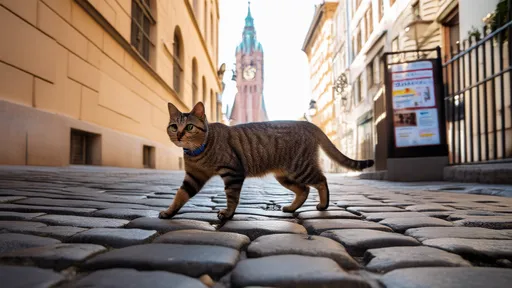The concept of "pet-friendly" cities has gained significant traction in recent years, as urban planners and local governments recognize the growing importance of accommodating pets and their owners. The certification of a city as "pet-friendly" involves a comprehensive evaluation of public facilities and infrastructure to ensure they meet specific standards. This process often includes modifications to parks, transportation systems, and commercial spaces to create a more inclusive environment for pets and their human companions.
Public parks and green spaces are often the first areas to undergo transformation in a pet-friendly city. These spaces are redesigned to include designated off-leash areas, dog-friendly water fountains, and waste disposal stations. The goal is to provide a safe and enjoyable experience for both pets and their owners. Additionally, some cities have introduced agility courses and shaded resting areas to enhance the overall experience. These improvements not only benefit pet owners but also encourage a sense of community among residents who share a love for animals.
Transportation systems also play a critical role in achieving pet-friendly certification. Many cities have begun allowing pets on public transit, provided they are in carriers or on leashes. Train and bus stations are increasingly equipped with pet relief areas and clear signage to guide pet owners. These changes make it easier for people to travel with their pets, whether for daily commutes or leisure trips. The integration of pet-friendly policies into public transportation reflects a broader shift toward inclusivity and accessibility in urban planning.
The hospitality and retail sectors are not left out of this movement. Restaurants, cafes, and shops are increasingly welcoming pets, with some even offering special menus or amenities for four-legged guests. Outdoor seating areas are often designed to accommodate pets, and water bowls are becoming a common sight at entrances. These small but meaningful changes create a more welcoming atmosphere for pet owners, who no longer have to leave their furry friends at home when running errands or dining out.
Housing policies are another crucial aspect of pet-friendly certification. Many cities are revising rental and housing regulations to make it easier for residents to keep pets. This includes reducing or eliminating pet deposits and fees, as well as encouraging landlords to adopt pet-friendly policies. Affordable and accessible pet-friendly housing is essential for ensuring that all residents, regardless of income, can enjoy the companionship of a pet without facing unnecessary barriers.
The certification process also emphasizes the importance of education and awareness. Cities that aspire to be pet-friendly often launch campaigns to promote responsible pet ownership. These initiatives may include free or low-cost vaccination clinics, spay and neuter programs, and educational workshops on pet care. By fostering a culture of responsibility and compassion, these cities aim to reduce the number of stray animals and improve overall animal welfare.
Ultimately, the transformation into a pet-friendly city requires collaboration between government agencies, businesses, and residents. It’s not just about adding a few water bowls or dog parks—it’s about creating a holistic environment where pets are valued members of the community. The benefits extend beyond pet owners, as studies have shown that pet-friendly cities tend to have higher levels of social interaction, improved mental health, and even economic growth due to increased tourism and local spending.
As more cities pursue pet-friendly certification, the standards for what constitutes a truly inclusive urban environment continue to evolve. From public spaces to private businesses, every aspect of city life is being reimagined to accommodate the needs of pets and their owners. This movement represents a significant step forward in creating more livable, compassionate, and dynamic urban spaces for all.

By /Jul 7, 2025

By /Jul 7, 2025

By /Jul 7, 2025

By /Jul 7, 2025

By /Jul 7, 2025

By /Jul 7, 2025

By /Jul 7, 2025

By /Jul 7, 2025

By /Jul 7, 2025

By /Jul 7, 2025

By /Jul 7, 2025

By /Jul 7, 2025

By /Jul 7, 2025

By /Jul 7, 2025

By /Jul 7, 2025

By /Jul 7, 2025

By /Jul 7, 2025

By /Jul 7, 2025